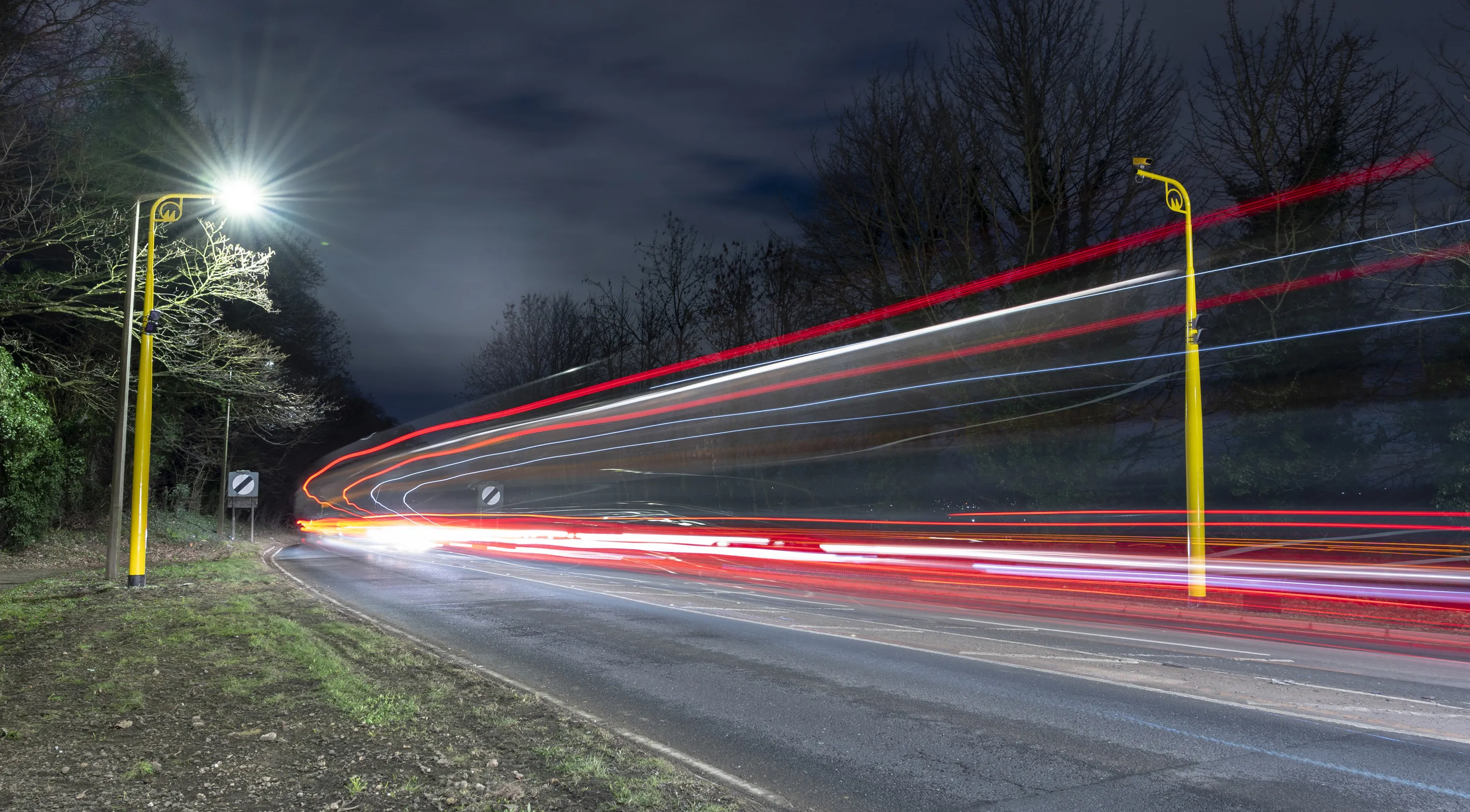
Baltimore’s Department of Transportation (BCDoT) will expand the number of automated speed enforcement locations along the Jones Falls Expressway (JFX)/I-83.
The JFX a 10-mile-long (16km) freeway carries the Interstate 83 from central Baltimore to the city’s northern suburbs.
Currently, two automated speed enforcement cameras are already installed along the expressway within city limits.
These are along JFX northbound at Smith Avenue and southbound at West North Avenue.
Enforcement locations were identified where high incidents of speeding and/or vehicular crashes typically occur, according to BCDoT.
Now, with the recent passage of Chapter 567 of the 2025 General Assembly in the US state of Maryland, Baltimore City has gained authority to install a total of four speed cameras on the expressway.
However, of these cameras, only one may operate in either direction at any given time. As such, the department will be reinstalling two speed cameras near 41st Street to improve speed compliance along the corridor.
These cameras will go live on 4 August. Drivers that exceed posted speed limits by 12mph (20kph) or more will receive a citation by mail.
To alert drivers that automated speed enforcement is occurring, warning signs are posted along the JFX. Digital speed sentry signs have also been installed so that motorists will receive feedback on their speeds in real time to encourage compliance with posted speed limits.
“With these new camera locations along the Jones Falls Expressway, BCDoT hopes to expand and solidify the meaningful reductions in crashes observed in the vicinity of the existing speed cameras,” said Veronica McBeth, director of BCDoT.
“Our commitment to public safety is paramount and these cameras serve as a constant reminder for drivers to obey posted speed limits, ultimately making the expressway safer for everyone.”
According to Maryland State law, automated speed camera revenues will be used to cover the operating costs of the JFX camera system and remaining funds must be allocated for expressway improvements.








